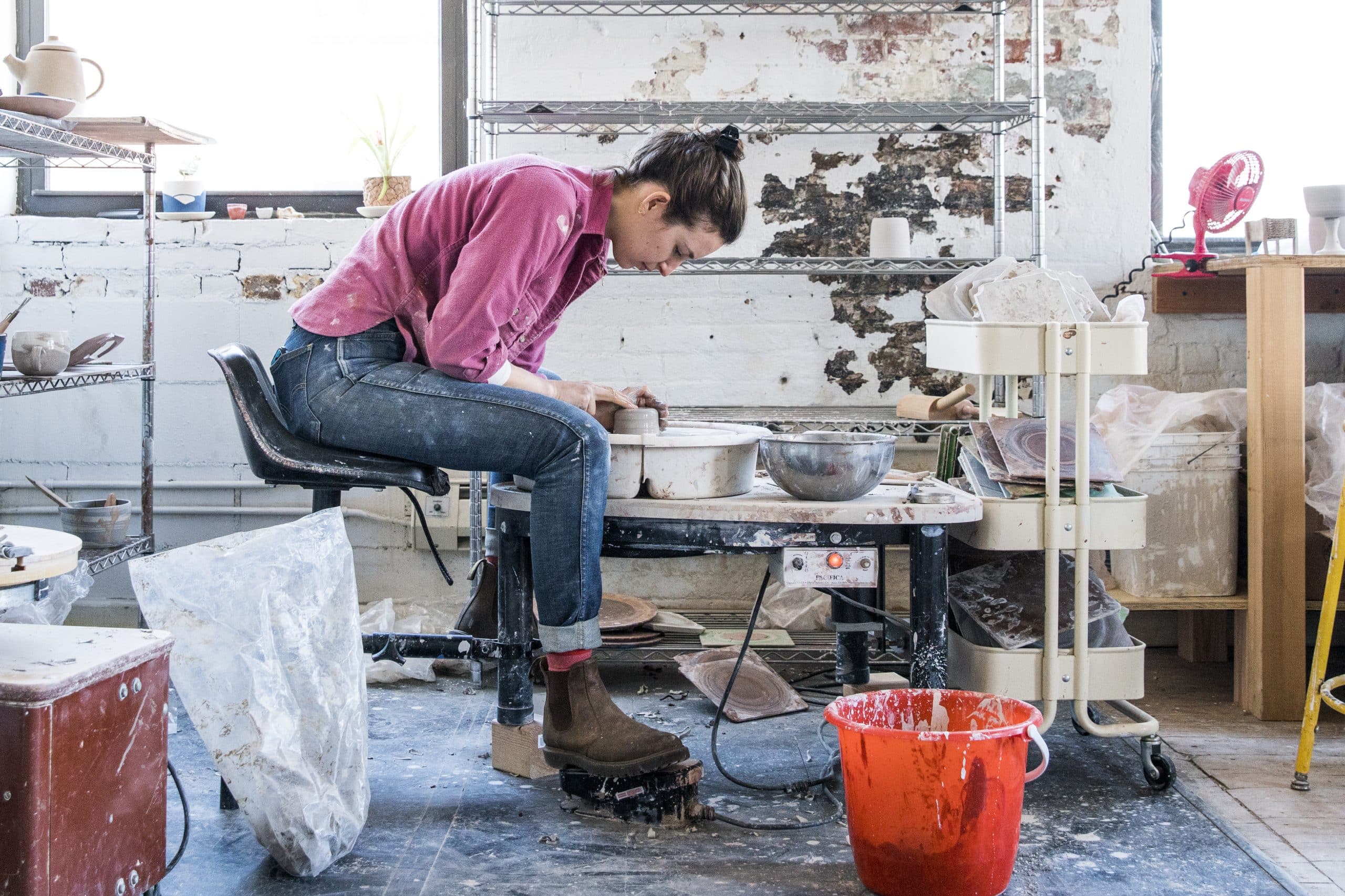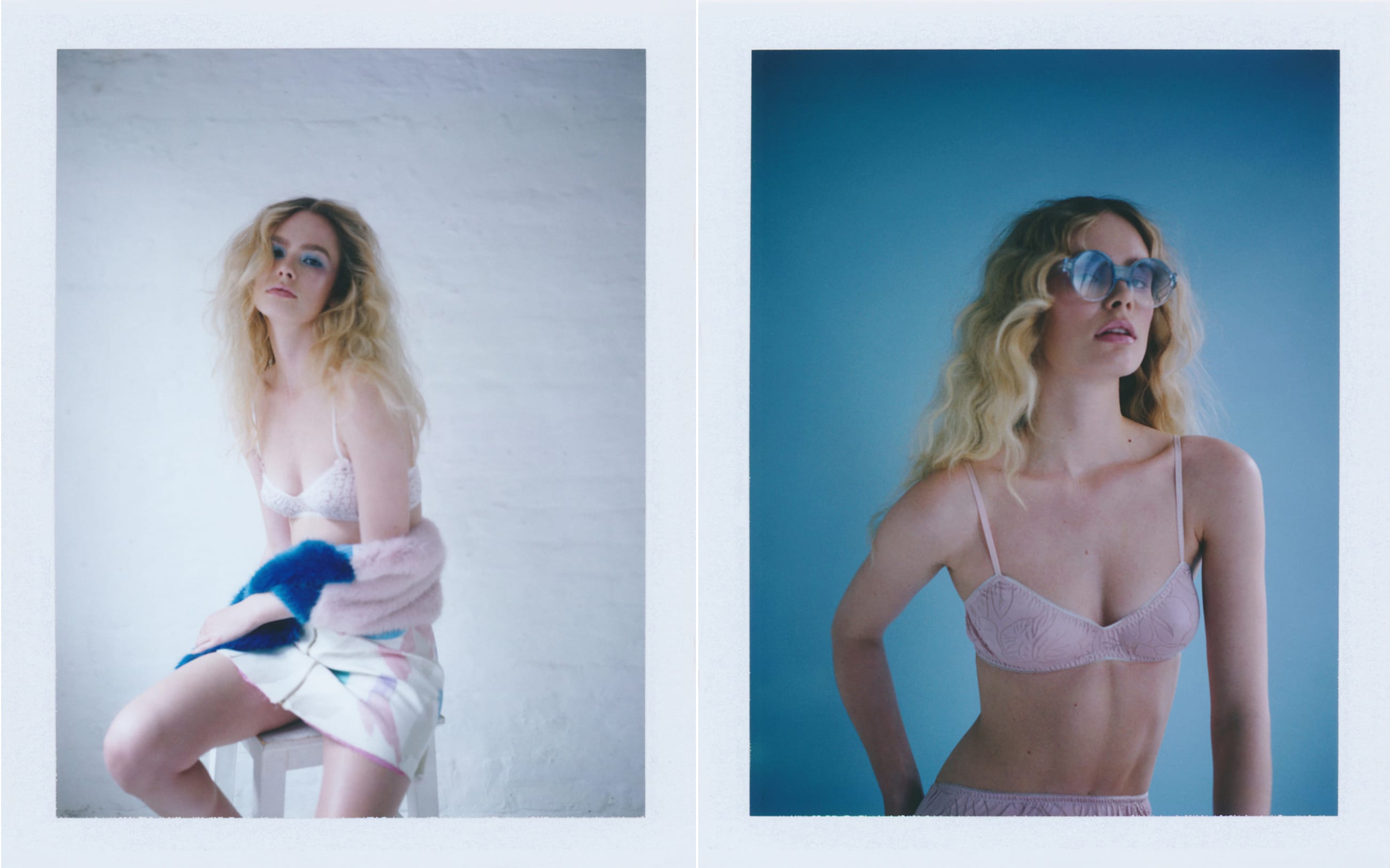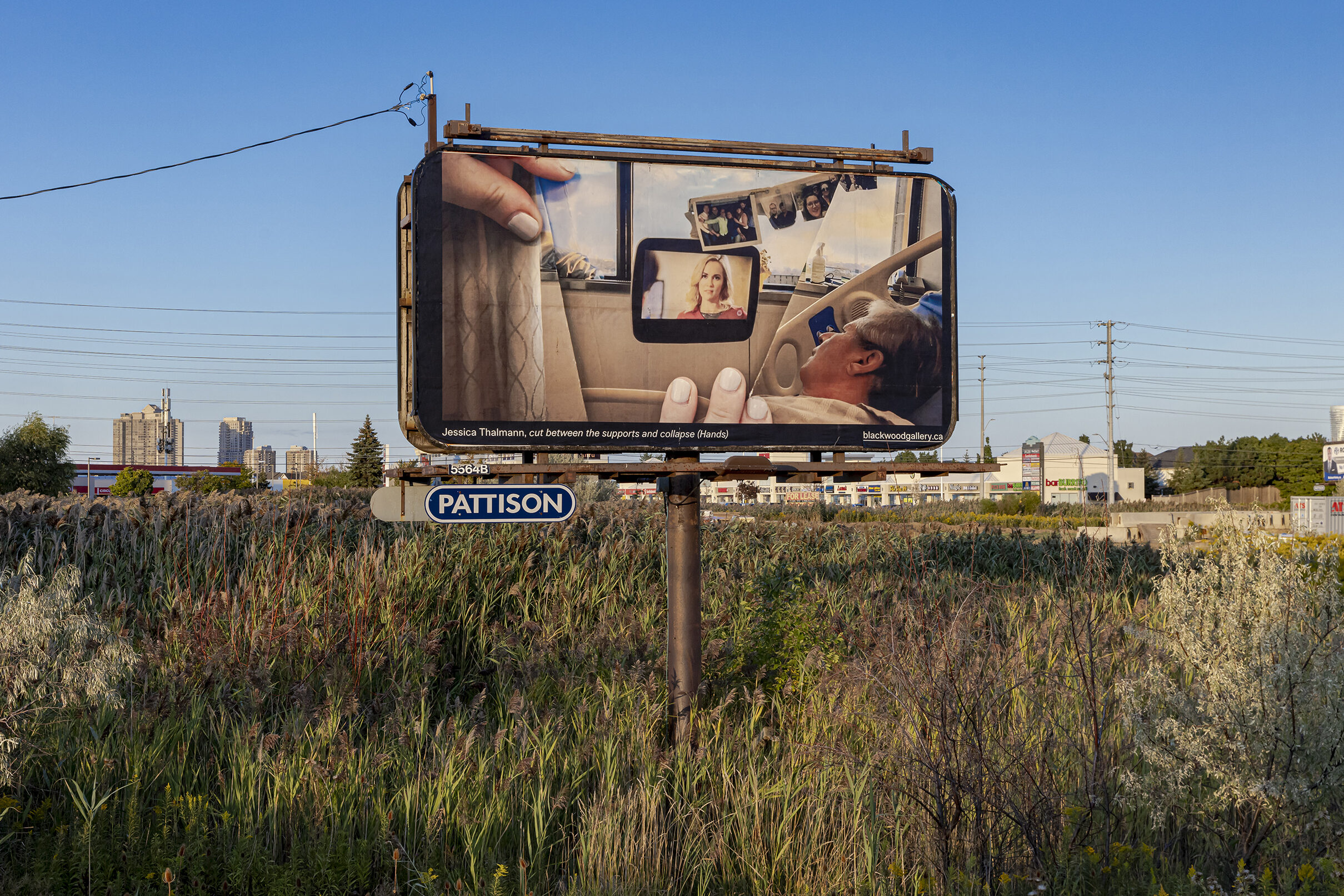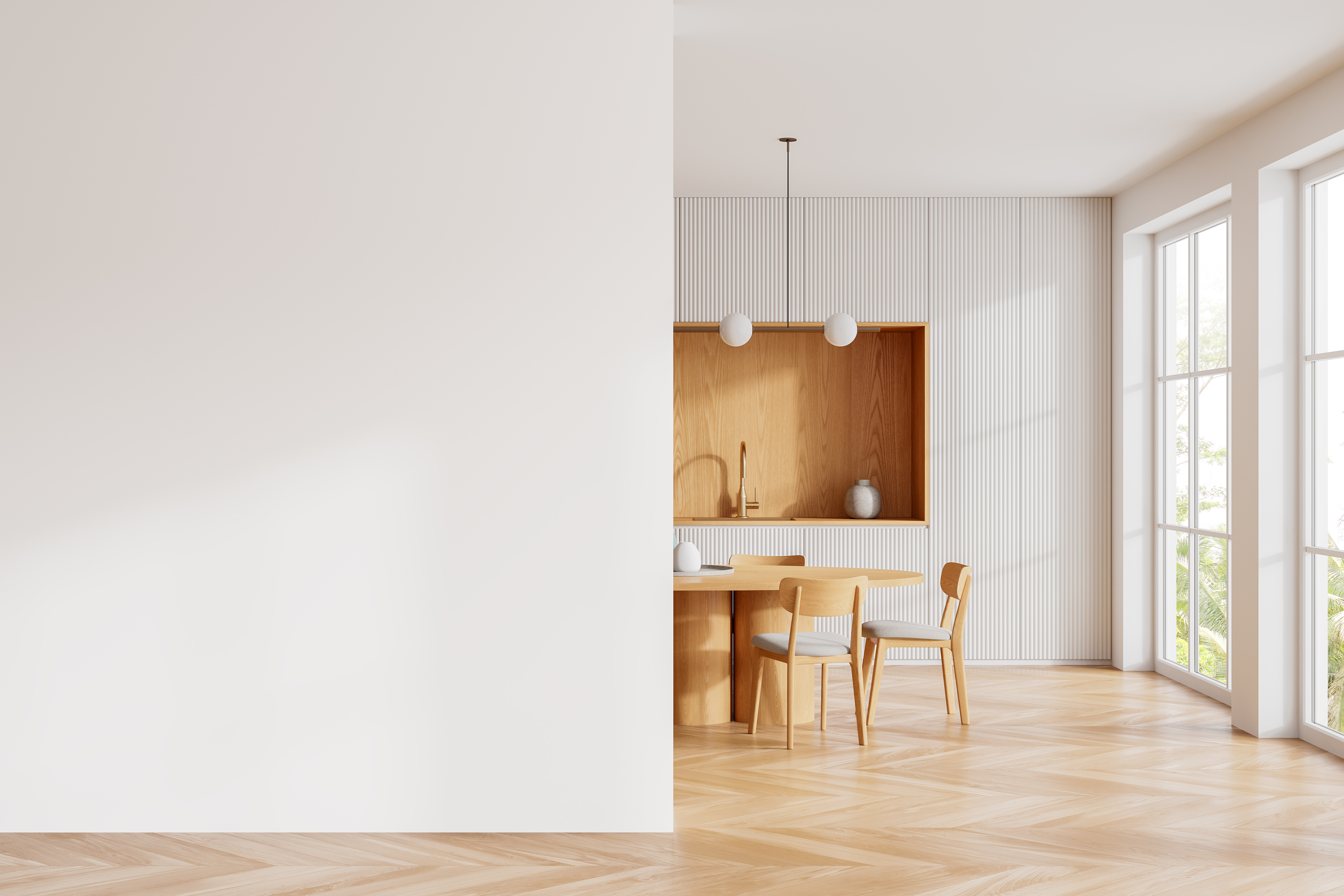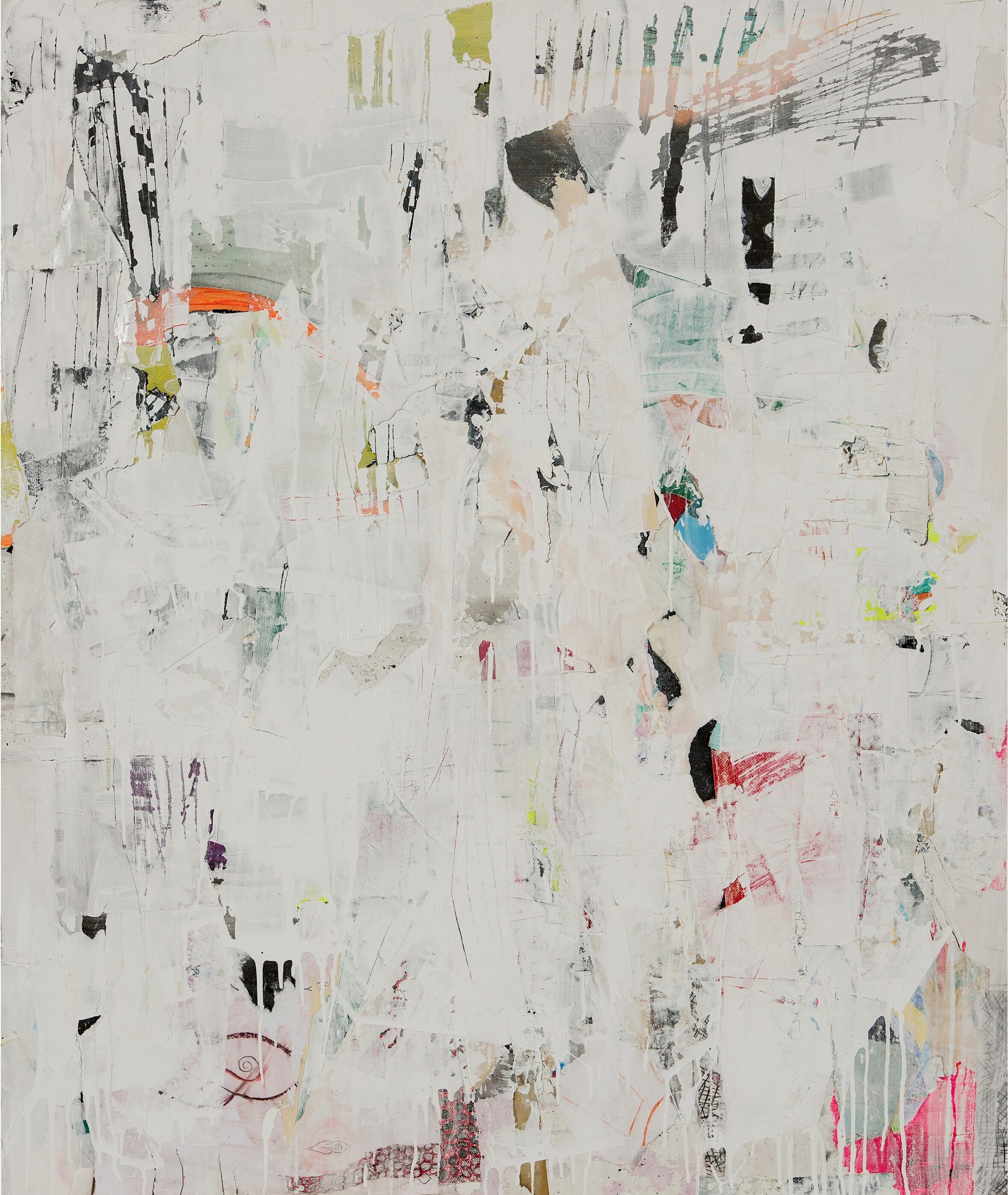Helen Levi is a New York native that went from juggling four jobs at once to being a ceramic art powerhouse, in only a few short years. After being enlisted to make some pieces to sell at Steven Alan’s boutique store, she decided to take the leap, ditch the side jobs and commit full-time to her craft and business.
Since that pivotal moment, Levi has completed large orders of artisanal tableware for restaurants, been featured on almost every “best of ceramic artist” list, and gained an impressive 128k of Instagram followers. The busy Brooklyn artist and entrepreneur took some time out to tell us what she’s learned about running a creative business.
I sold my first piece when I met Steven Alan at a pop-up shop. After chatting a bit, he asked me to send him some photos of my work. I had never photographed my work before because it had always just been a hobby. But once I made that connection, I got really excited by the idea of doing that hobby as a job, and I put everything I had into making it work.
The timing of that decision probably had something to do with the current popularity of handmade ceramics. I think it is tied to the general trend of conscientious shopping on a wider scale: people caring about where their food comes from, wanting to buy clothing that is ethically made, wanting to cook with meat that was ethically sourced. There’s a trickle down, in my opinion, to the objects we use in our home. People seem just more curious to have a connection with all the objects they surround themselves with, whether it’s a sweater or a mug. Obviously it’s a lot more expensive to buy handmade so it’s not accessible to every person.
I was so grateful to finally have the continuity of one job. I always struggled with balancing the different part-time commitments I had. Now I feel successful in the sense that my work supports me and I love what I do but it’s been a really gradual growth—there wasn’t one specific moment when everything totally clicked. I would say that in the last year I have made a real effort to make sure I take a day or two off every week, because I was in a phase of working so hard that I forgot how important a little time off was.
Since I am the only wheel thrower in my studio I spend a lot of time on the wheel. I tend to do the business/computer tasks in the morning or evening and spend the majority of the day making things. It’s really important to me to keep the parts of my job that bring me joy at the forefront of my day.
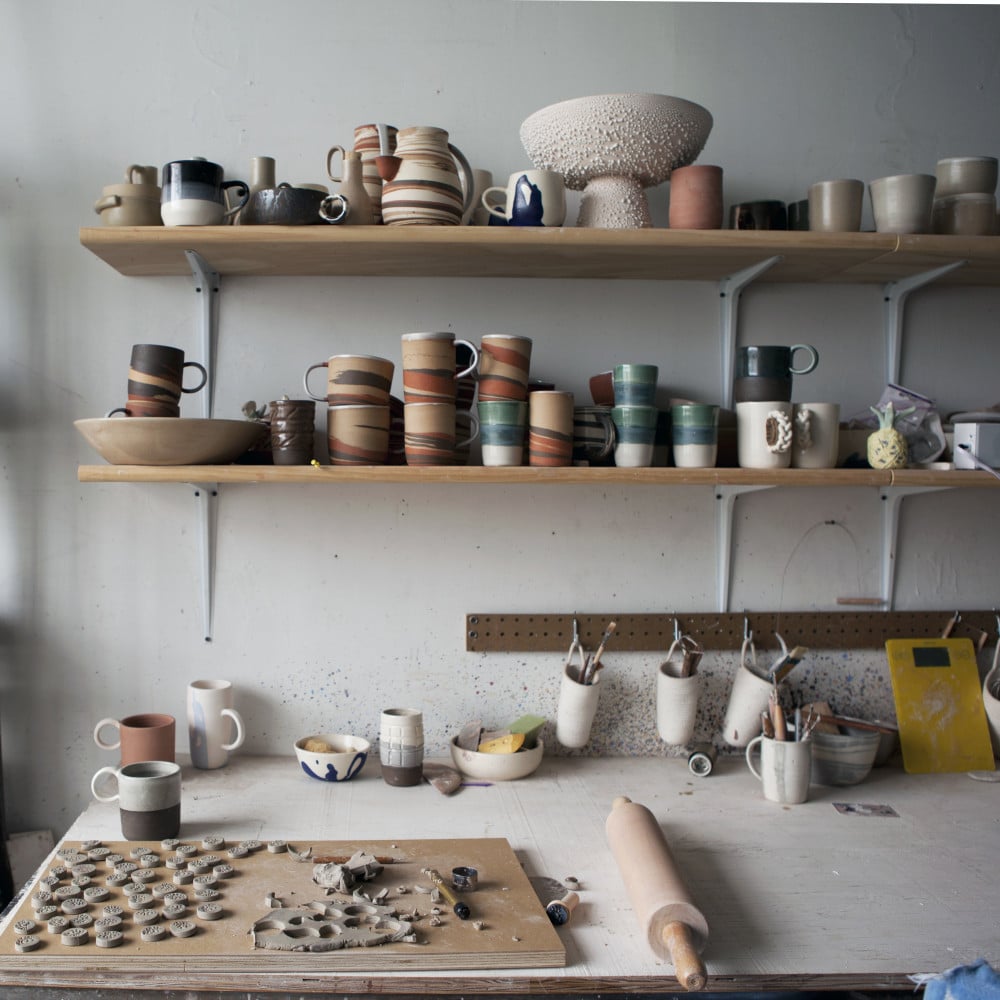
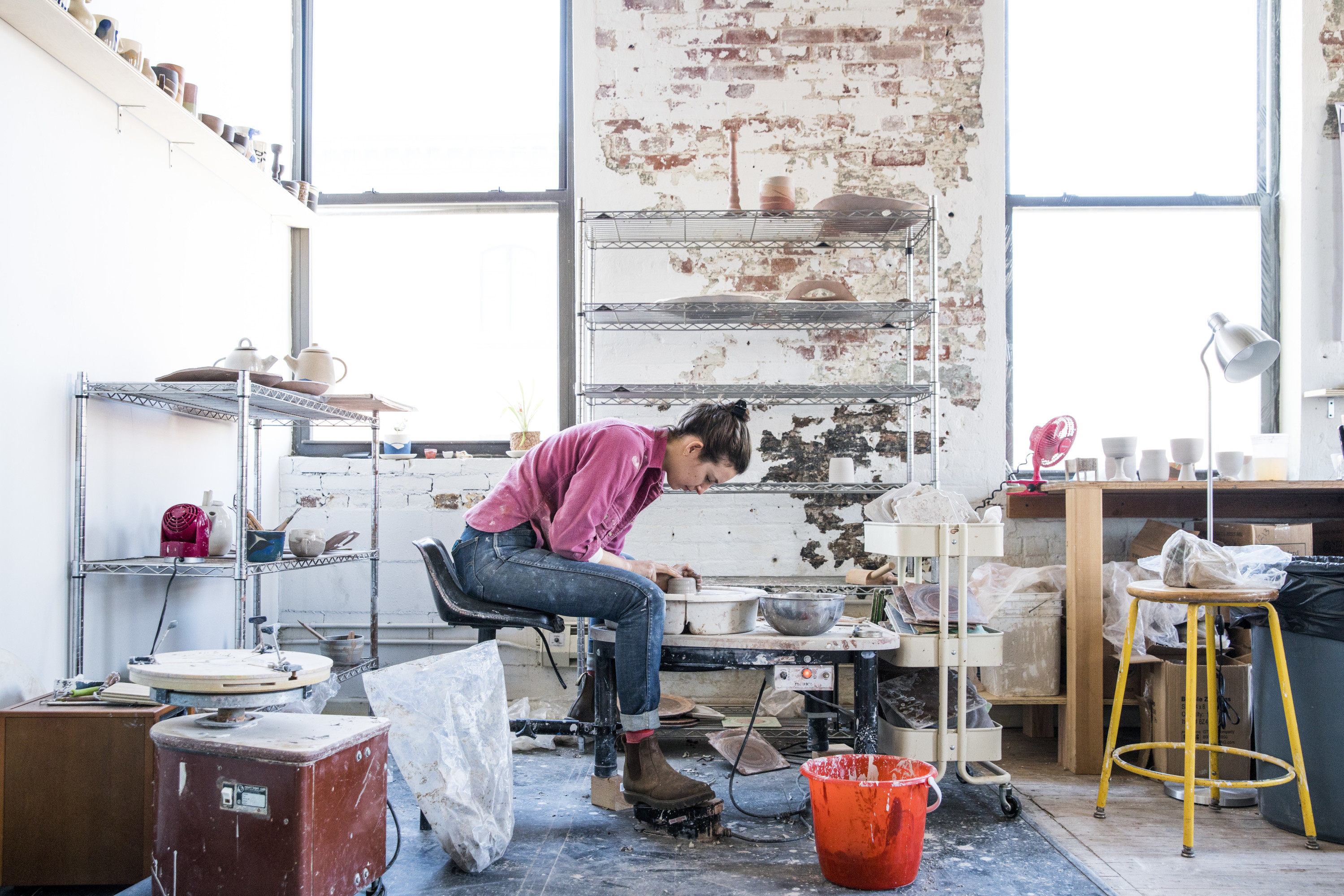
My favorite part of my job is that I have freedom to make what I want, and I get to make those decisions for myself. I tell people that I have a “ceramics company” because my work is functional, and because I’m not strictly an artist. I also am responsible for the business side as well. Keeping up with emails, invoices, paperwork, taxes—those parts are the hardest for me!
That first big order was such a hard learning curve. Even though I had been making ceramics for many years, I never had to make a big order for any reason, and I learned quickly that just because you make one prototype well, that doesn’t mean if you try to make 25 of the same that they’ll all go as easily.
I enjoy the challenge of custom work and of collaboration. It inspires me and pushes my own work forward. Also, as a single-person business, it’s nice to get some interaction with other designers. I moved into my own studio about six months ago but before that I had a small room inside another designer’s studio, Chen & Kai. I loved sharing with them because they work with all kinds of different materials: cement, resin, wood, metal. Even though their businesses are very different, there’s a lot of overlap as well. We always could talk shop over lunch.
The toughest thing about New York for my line of work is real estate. When I signed the least on my new studio in Red Hook this year, which is three times the size of my old studio, I felt scared because it was the biggest commitment I’ve ever made to my business, but I also felt so proud. I’m very lucky to have found my current studio but you never feel like you can count on it past your current lease.
My best advice for other potters would be to keep your expenses down as much as you can in the beginning, so that you can focus on working on your designs without so much stress about money. Every “investment” I’ve made into my business has been relatively small. I started in a communal studio where the rent was only about $250 a month, and slowly moved up into having my own studio.
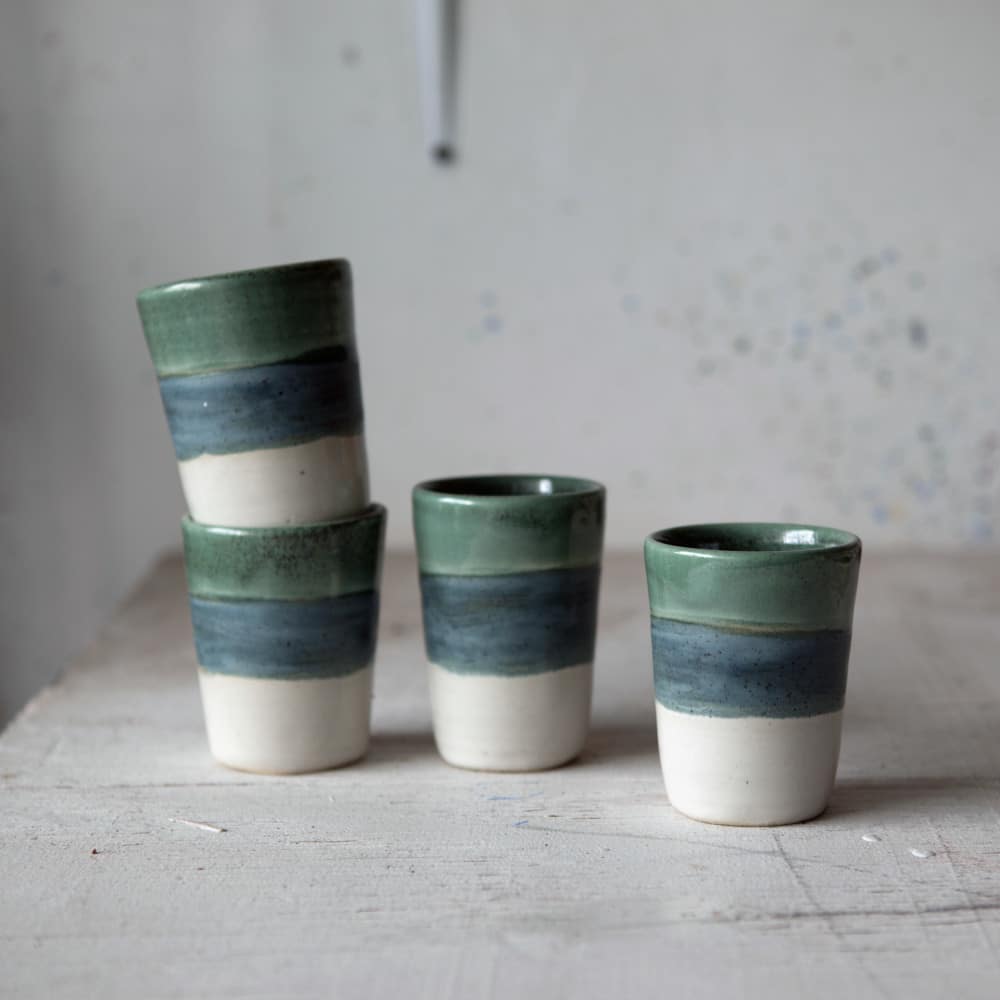
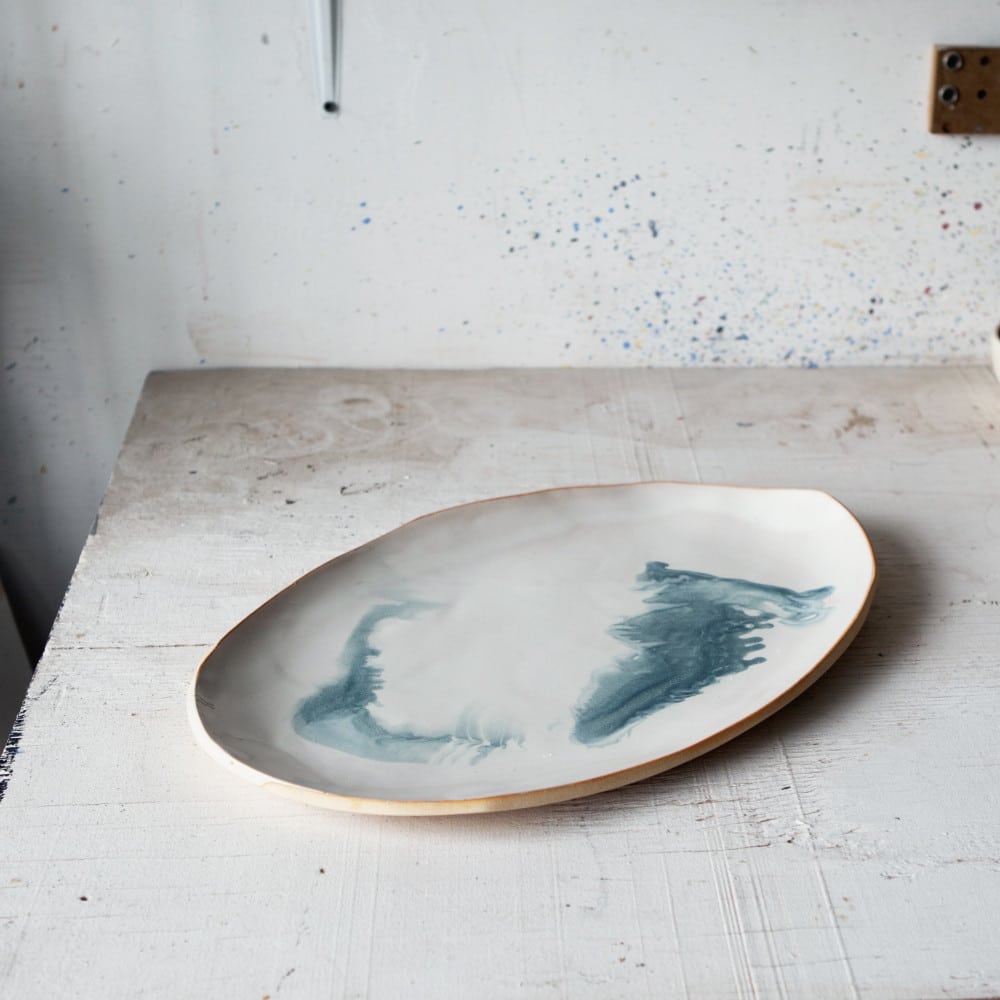
It really helped to be featured by Instagram a couple years ago—it got me to about 20K followers and since then it’s been slow and steady growth. It is an amazing tool for my business, it’s by far the largest audience I can reach. And it’s free! It doesn’t cost anything to have an Instagram account.
I never know what will sell, it’s always just a guess. I try to follow my gut instinct and not to overthink my designs. I make an effort to offer a range of price points and styles to try to appeal to different types of customers. I want my pieces to fall right in the middle of the two extremes of being either super minimal or super bright and loud. I’d say the piece I’m most attached to is a mug I made last year during a residency in California. It has a pink blush from another piece that was near it in the gas kiln, which feels impossible to recreate.
In addition to nature and my surroundings, I think I get very inspired by the physical process of ceramics, of different types of clays and materials, and those give me ideas for techniques to try. I would recommend that anyone who wants to try pottery just take a few classes with a few different teachers. Every single pottery teacher has a different style and a slightly different way of doing things. Once you’ve seen some of that variety, hopefully it’ll spark you to find your own voice.
Ceramics constantly teaches and challenges you, no matter how long you’ve been doing it. I make small mistakes all the time, but there isn’t one big one that sticks out. The good thing about a mistake though, is that you probably won’t do it again! Slip casting is the most recent process I’ve tried to learn, I started about a year ago. I’m still getting new tips and tricks to get better at it. The next thing I’d like to learn is to do more advanced work with slabs.
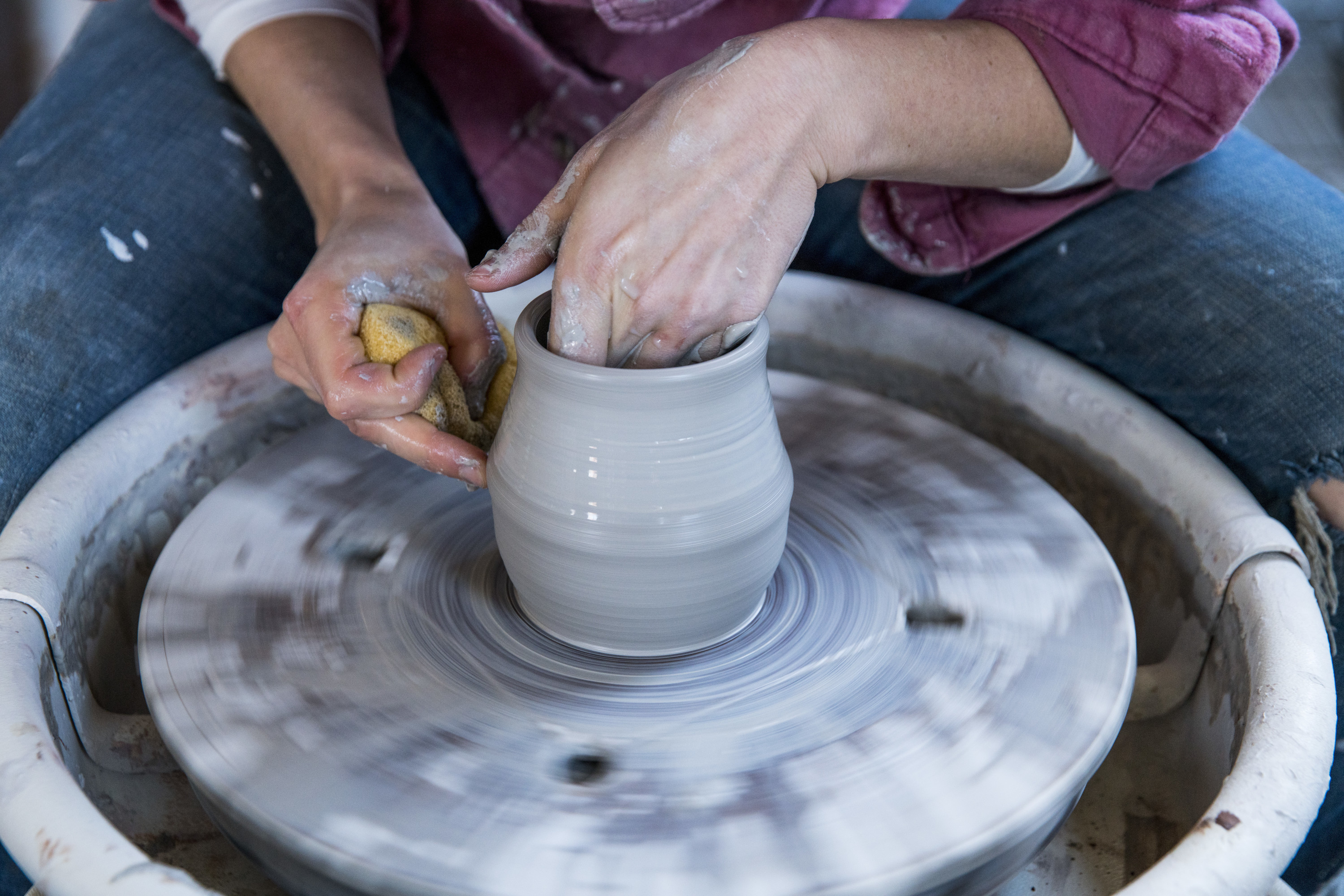
Follow Helen Levi on Instagram @helen_levi and visit her online portfolio website at helenlevi.com. (Images by Backyard Bill)
